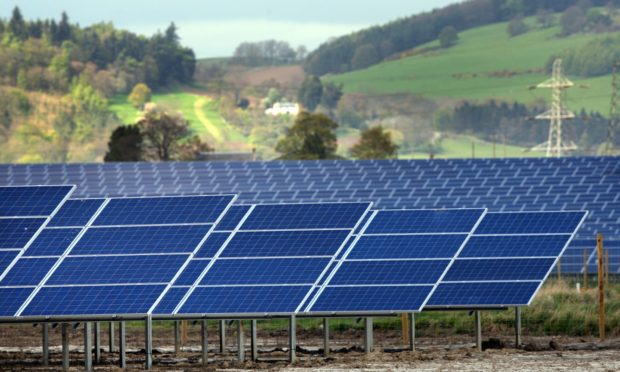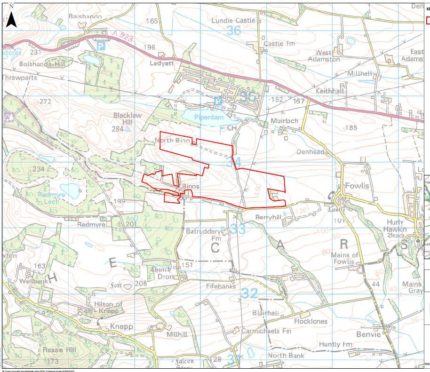A face-to-face consultation will take place on contentious plans to build a huge solar farm in Berryhill.
Locals formed the Spare (Save and Protect Angus Rural Environment) group to oppose the plans, which could see the rural Angus site transformed with solar panels.
The Solar 2 plans could result in a solar farm the size of 300 football pitches.
Residents previously objected to developers holding an online-only consultation event.
But a physical event has now been announced. It will take place at Fowlis East Hall on June 12.
While welcoming the event, Spare has doubled down on its opposition to the plans.
But supporters argue new solar arrays are an important part of Scotland’s energy mix and an essential part of hitting climate change targets.
Why are residents against the green energy plans?
A spokesman for Spare said face-to-face consultation should have been the situation “from the word go”.
They argue online consultation would have been “restrictive and unacceptable”.
Similar plans by Lightsource BP for the site fell through at the consultation phase.
The negative implications… are extremely concerning.”
Spare spokesman
“This is not a proposal for a few solar panels on the roof of someone’s house,” the spokesman said.
“This is a proposal to change 300 acres of sloping, arable land to industrial use by turning the land into a giant, highly visible, solar power station with 152,000 panels.
“The negative implications of these proposals for the local area, and beyond, are extremely concerning.”
Coronavirus guidelines
Solar 2 insists they were following coronavirus guidelines when planning online-only consultation, but after repeated calls to the Scottish Government were given the go-ahead to host a physical event.
Neil Lindsay, development director with Solar 2 said he was “looking forward” to meeting local people.
“They can speak directly to us and raise any questions they may have about the project.”
If plans go ahead, Berryhill solar farm would generate enough energy to power one in five Angus homes.
It will comprise of 152,000 panels and reach 2.25 metres high.
Community projects will receive £500 for every megawatt installed capacity on the site.
This could mean an annual £25,000 to community groups, or £1 million over the proposed 40-year lifespan of the solar farm.

